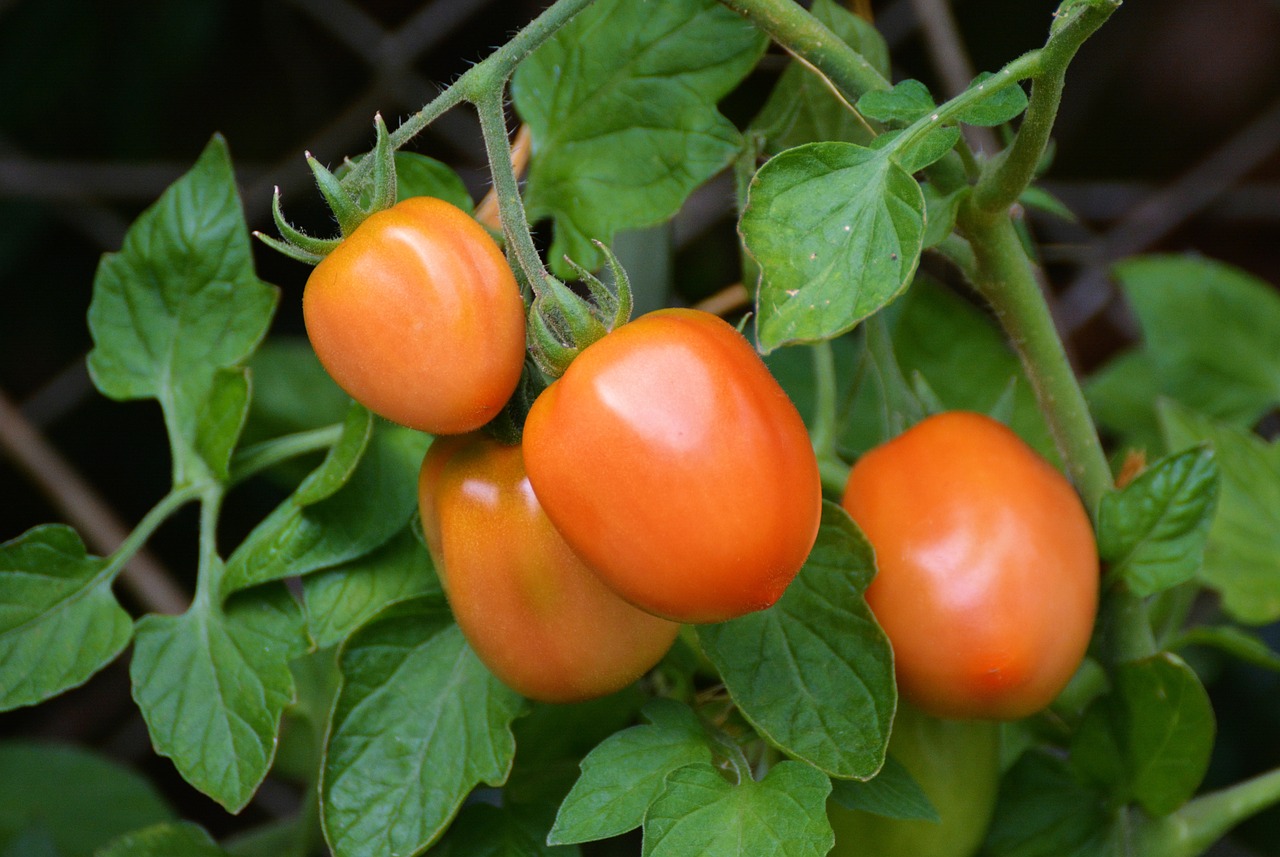
A Beginner's Guide to Home Gardening Preparation: Setting the Stage for Success
Introduction:
Home gardening is more than just a hobby; it's a journey of nurturing life and reaping the rewards of nature's bounty right in your own backyard. Whether you're a seasoned green thumb or a novice eager to get your hands dirty, proper preparation is key to a flourishing garden. In this article, we'll explore the essential steps to prepare your home garden, from selecting the right location to soil preparation and beyond.
Choosing the Perfect Spot:
Before you start digging, take a moment to observe your surroundings. Choose a spot in your yard that receives ample sunlight, ideally six to eight hours per day, as most vegetables and flowering plants thrive in sunlight. Additionally, ensure the location has good drainage to prevent waterlogging, which can lead to root rot and other issues.
Planning Your Garden Layout:
Once you've selected the location, it's time to plan your garden layout. Consider factors such as the size of your garden, the types of plants you want to grow, and any existing features like trees or structures. Sketch out a rough layout, keeping in mind the spacing requirements for each plant and leaving room for pathways or access points.
Preparing the Soil:
Healthy soil is the foundation of a successful garden. Start by testing your soil's pH level, which can vary depending on your location and previous land use. Most plants prefer a slightly acidic to neutral pH range of 6.0 to 7.0. You can adjust the pH by adding amendments such as lime to raise the pH or sulfur to lower it.
Next, enrich the soil with organic matter to improve its structure and fertility. Compost, aged manure, and organic mulches are excellent sources of organic matter that add nutrients and beneficial microorganisms to the soil. Spread a layer of compost or mulch over the garden bed and incorporate it into the top few inches of soil using a garden fork or tiller.
Choosing Your Plants:
With your soil prepared, it's time to choose the plants you want to grow in your garden. Consider factors such as your climate, available space, and personal preferences. If you're new to gardening, start with easy-to-grow vegetables and herbs like tomatoes, lettuce, and basil. For flowers, opt for low-maintenance varieties such as marigolds, zinnias, and sunflowers.
Planting Your Garden:
Once you've selected your plants, it's time to get them in the ground. Follow the spacing and planting depth recommendations for each type of plant, and be sure to water them thoroughly after planting to help them establish roots. Consider using mulch around your plants to conserve moisture, suppress weeds, and regulate soil temperature.

Maintaining Your Garden:
With your garden planted, ongoing maintenance is essential to keep it healthy and productive. Monitor your plants regularly for signs of pests, diseases, or nutrient deficiencies, and take action promptly to address any issues. Water your garden as needed, aiming to keep the soil consistently moist but not waterlogged. Additionally, consider applying organic fertilizers or compost tea throughout the growing season to provide a steady supply of nutrients to your plants.
Conclusion:
Home gardening is a rewarding pursuit that allows you to connect with nature, cultivate fresh produce, and beautify your surroundings. By taking the time to prepare your garden properly, you'll set the stage for success and enjoy a bountiful harvest for months to come. So roll up your sleeves, grab your gardening tools, and let's get growing!

Comments